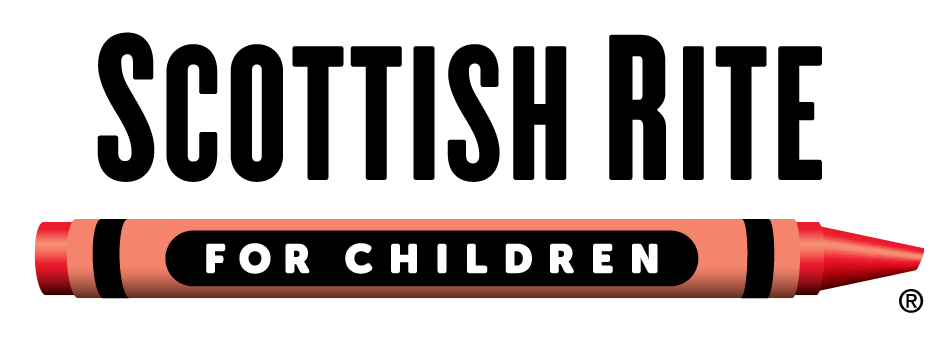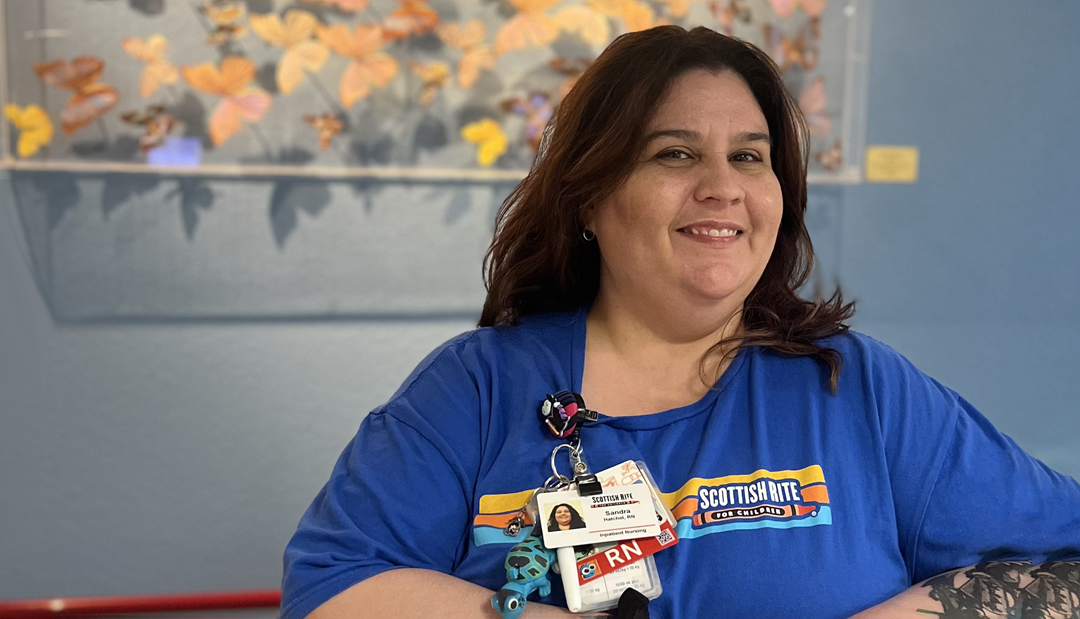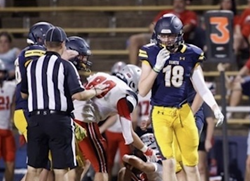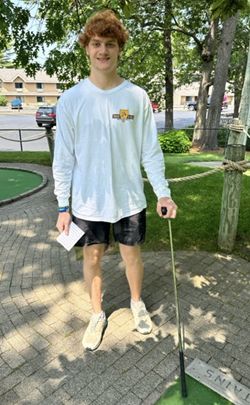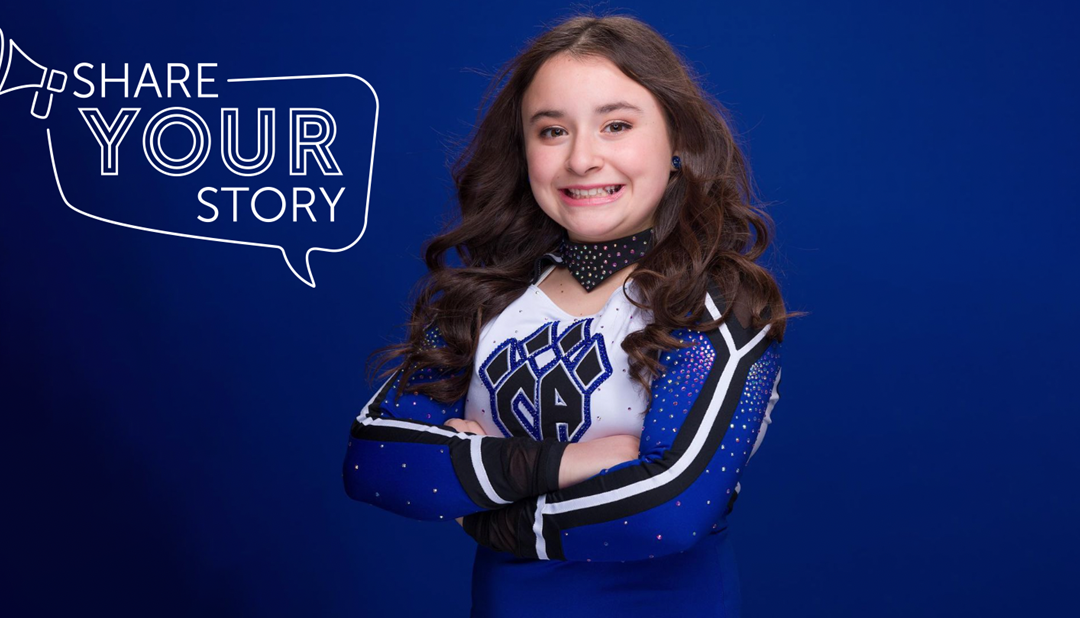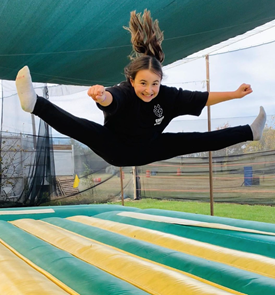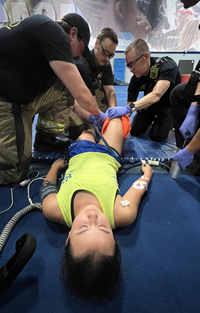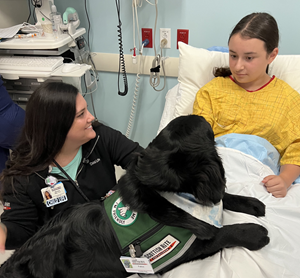
Botulinum Toxin: How Botox Injections Help Treat Children with Cerebral Palsy and other Neuromuscular conditions
What are botulinum toxin injections?
Botulinum toxin type A is a substance produced by the bacteria Clostridium botulinum. While toxic when ingested orally, the substance can be purified and safely injected locally in muscle tissue to treat a variety of conditions, including spasticity. It can be formulated in different ways and comes manufactured under different brand names like other pharmaceutical drugs.
How long has it been around?
BT injections have been used for patients with cerebral palsy for about 25 years. It was approved by the Food and Drug Administration in 1989 for eye conditions and muscle spasms in the face but has since been studied and approved for use with several other neuromuscular disorders.
How does it work?
Spasticity can make moving difficult, cause pain, loss of sleep and interrupt daily living activities due to the involuntary muscle tightness. When injected, BT injections work by blocking the chemical signal between nerves and muscles that cause contracting and tightening of the muscles. This can help relax muscles in the area around the injection site, although the effects are not permanent.
Is it safe?
BT injections have been used to safely treat spasticity in patients with cerebral palsy for more than 25 years. BT injections have been studied extensively by doctors and researchers all around the world and is approved to treat a variety of conditions and is even used for cosmetic purposes to prevent wrinkles.
BT injections were approved to treat spasticity in children with cerebral palsy in 2019. The safety and efficacy of the treatment has been backed by studies and trials in children ages 2 to 17 years.
Why use it for treatment?
In patients with cerebral palsy, BT injections have been found to improve range of motion, gait pattern, joint positioning and stability while reducing pain in the muscles, spasticity and tension.
BT injections are easy to administer, and the procedure can be performed in an outpatient setting. When giving injections, the provider will identify the muscles that need to be targeted. Multiple injections may be required for larger muscles or muscle groups, but the actual injection procedure only takes a few minutes.
How often does it need to be done?
Typically, BT injections prevent muscle tension in the injected areas for about three months, after which the effects may begin to decrease. The length of efficacy will differ for each patient.
What are the side effects?
The side effects of BT injections are minimal. The most common side effects are temporary weakness and injection site pain, but these effects occur in less than 10 percent of patients.
Learn more about our care for children with cerebral palsy.
